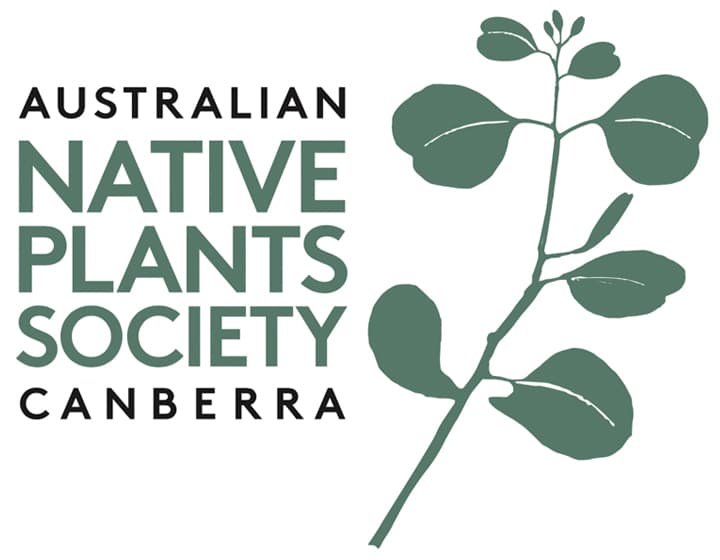‘Paraserianthes lophantha’ Cape Leeuwin Wattle, Crested Wattle or Plume Albizia
By Ros Walcott, photos: Ben Walcott
June 2023
We planted this small tree, to 10m high, with dark green bipinnate foliage and iridescent yellow-green fluffy scented flowers, as a 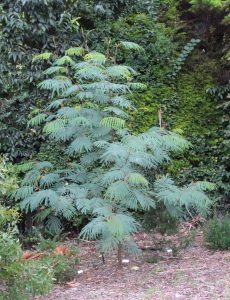 seedling in January 2021. To be fair, I did not have much expectation of this plant which is native to southwestern Western Australia, growing from Fremantle to King George Sound, and with only moderate frost tolerance. I placed it in a protected, sunny position and was gratified when it came through the first winter with flying colours. The tree grew fast to 3m high and began flowering in May 2022 with bright silky flowers that are always cold to the touch. These flowers lasted for 4 months in 2022 and have been followed by attractive seed pods.
seedling in January 2021. To be fair, I did not have much expectation of this plant which is native to southwestern Western Australia, growing from Fremantle to King George Sound, and with only moderate frost tolerance. I placed it in a protected, sunny position and was gratified when it came through the first winter with flying colours. The tree grew fast to 3m high and began flowering in May 2022 with bright silky flowers that are always cold to the touch. These flowers lasted for 4 months in 2022 and have been followed by attractive seed pods.
Paraserianthes is a genus of 4 species (2 Australian) belonging to the family Fabaceae (Mimosaceae) and formerly included in the genus Albizia. The derivation of the name Paraserianthes is from the Greek para (close or near to) and the Malaysian tree genus Serianthes, and lophantha also from the Greek, lophos, meaning a crest (on a helmet or on a bird).
This tree is used widely as an ornamental plant in coastal districts of south-eastern Australia and has become naturalised in this area. Now I find it is recorded as a weed species in New Zealand and should therefore be planted with caution. I should have read this warning sooner and am therefore keeping an eye out for seedlings.
Cape Wattle was planted widely in early settlements as a fast-growing foliage plant. Overuse gave it a reputation as a weedy shrub; and as early as 1860 the Victorian Farmers Journal described Cape Wattle as a ‘noxious and vulgar intruder’. The early Geelong Botanic Gardens were criticised for (too many) ‘gum trees and Cape wattles’ (Leader, 1876).
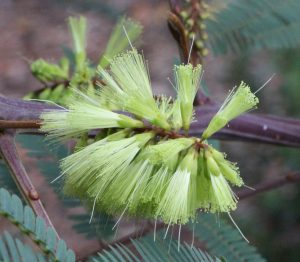
Although soon out of favour ornamentally, Cape Wattle continued to be recommended to land managers. A 1950 article in The Land lauded the species for use in shelterbelt plantings, noting that once established in rows ‘you can leave the Cape Wattle to set about its own regeneration’.
I have enjoyed this tree with its beautiful foliage and fluorescent long-lasting flowers. The horticultural description of this species suggests that it should not be comfortable in Canberra’s colder temperatures, but so far, so good. I promise to keep an eye out for unwanted seedlings.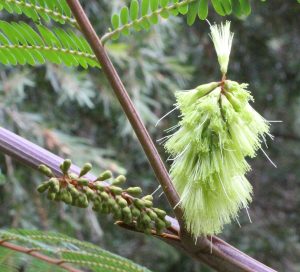
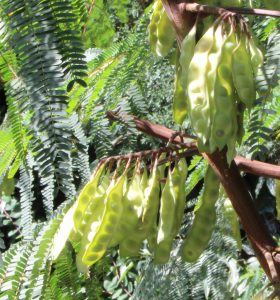
Back to Articles List
